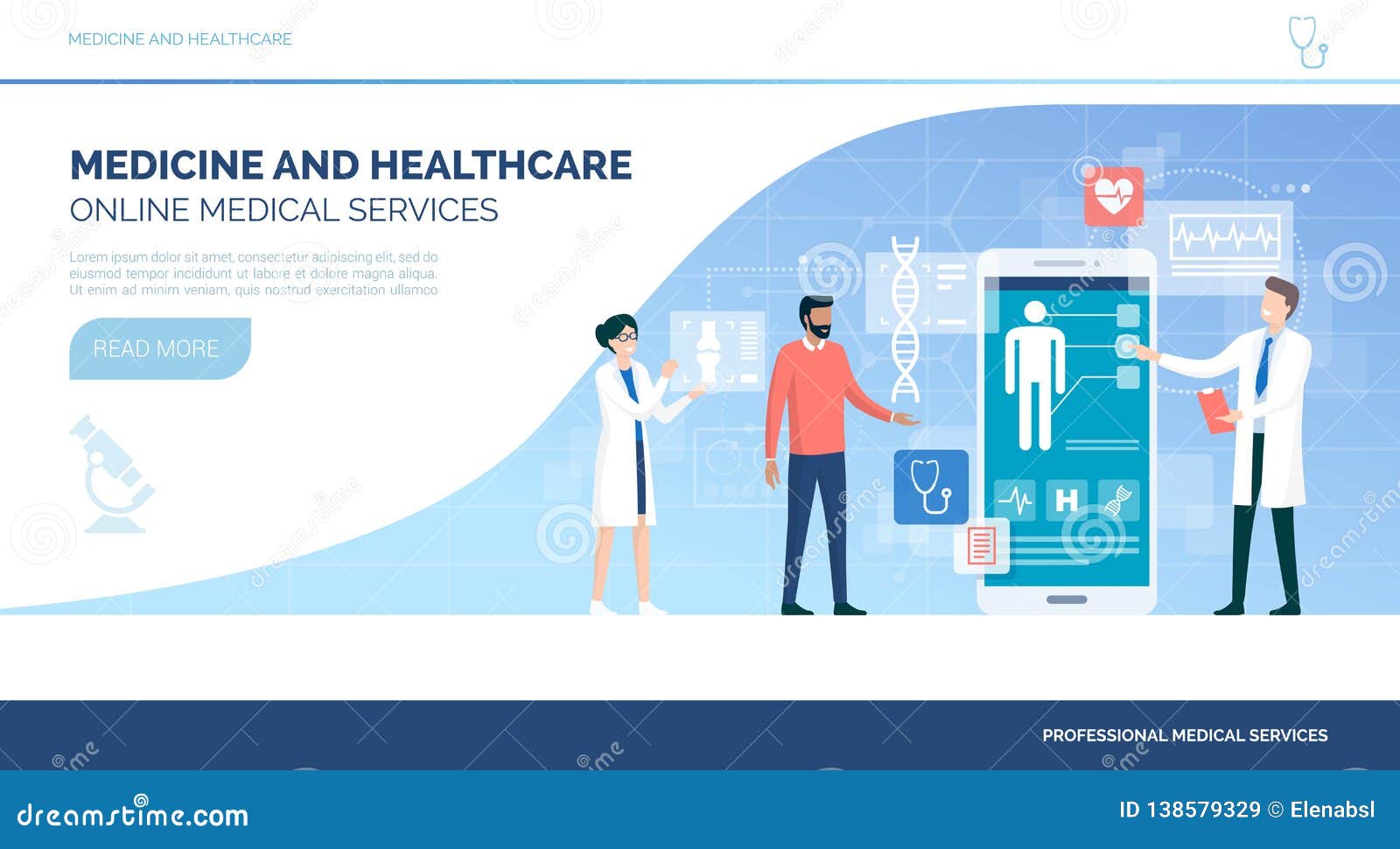Understanding the Cost-Effectiveness of Subscription-Based Medical Care Models
As the medical care landscape evolves, subscription-based versions emerge as a compelling choice, assuring to redefine how people handle medical expenditures. Assessing these versions' cost-effectiveness necessitates a nuanced contrast with conventional insurance policy, taking into consideration both monetary ramifications and individual contentment. While they use openness and predictability in expenses, questions remain regarding their capacity to satisfy varied healthcare needs, particularly for specialized treatments. The viewpoints of health care providers better complicate this formula, offering a complex difficulty. What does the future hold for these models, and can they really supply on their guarantee of easily accessible, inexpensive treatment?
Review of Subscription-Based Versions
Subscription-based medical care versions, often referred to as straight health care or attendant medicine, are increasingly getting focus as a potential service to ineffectiveness within typical medical care systems. These versions operate on the concept of offering individuals straight accessibility to doctor through a month-to-month or annual cost, bypassing the need for conventional insurance policy systems. This plan intends to streamline patient-provider interactions by minimizing management burdens, which usually hinder prompt and customized treatment.
At the core of subscription-based models is the focus on an extra tailored person experience. Patients gain from boosted access to their medical professionals, usually including next-day or same-day appointments, prolonged consultation times, and direct interaction networks such as phone or video phone calls. This model cultivates a proactive approach to medical care, where individuals and suppliers can collaboratively concentrate on preventative care and chronic illness monitoring.

Price Comparison With Conventional Insurance Coverage

One of the primary monetary benefits of registration versions is openness in prices. Conversely, typical insurance may be more helpful for people needing specialized care or pricey treatments not covered under a subscription design, as they benefit from the broader coverage network and cost-sharing systems.
Nonetheless, cost-effectiveness is context-dependent. While registration versions could supply financial savings for those mainly needing health care, individuals with chronic conditions or specialized medical care requirements might find conventional insurance much more thorough. For that reason, reviewing details healthcare demands and possible usage is crucial in determining one of the most cost-effective choice for people.
Effect on Person Fulfillment
Patient satisfaction within subscription-based health care models typically mirrors a significant enhancement over conventional insurance systems. This improvement is mostly credited to the individualized care and availability these versions use. Clients often report higher fulfillment due to decreased delay times and the convenience of organizing visits. Unlike traditional systems, where clients could experience delays in getting care, subscription-based models make certain more timely and straight communications with doctor.
In addition, the transparency in costs connected with subscription-based healthcare relieves the common frustrations related to unexpected charges and complicated invoicing procedures seen in traditional insurance coverage (subscription based healthcare). Clients appreciate knowing the exact financial commitment upfront, bring about increased trust and confidence in their healthcare monitoring
Additionally, the emphasis on preventive care and health in membership models adds to why not try these out boosted wellness results, even more improving client contentment. By focusing on continuous health maintenance as opposed to episodic care, people experience a more constant and holistic healthcare trip.
Moreover, the improved provider-patient partnership promoted in these designs, characterized by more time invested per individual and individualized interest, plays an essential duty in elevating person complete satisfaction degrees, as clients really feel truly looked after and comprehended.
Provider Experiences and perspectives
From the copyright's perspective, subscription-based health care versions supply a transformative approach to supplying medical services. These designs highlight a positive and preventative medical care strategy, allowing companies to concentrate on extensive client care without the constraints of standard fee-for-service plans (subscription based healthcare). This shift in focus commonly results in boosted individual results and enhanced copyright fulfillment, as healthcare professionals can assign more time and sources to client interaction and individualized treatment strategies
In addition, subscription versions facilitate predictable earnings streams, which boost financial security for medical care carriers. This predictability enables for improved resource preparation and allocation, adding to an extra reliable health care distribution system. Providers can purchase staff framework, training, and technology renovations, thus enhancing the high quality of care provided.
However, the transition to subscription-based versions is not without difficulties. Despite these hurdles, several providers locate that the benefits of enhanced patient interaction and structured operations surpass the initial challenges, making subscription-based versions an eye-catching choice.
Future Potential Customers and Difficulties

A primary obstacle is governing conformity, as membership versions should abide by progressing healthcare policies and insurance demands. This requires continual adaptation and advancement to make certain placement with legal criteria. Furthermore, integrating these models right into existing healthcare facilities can be complicated, calling for substantial financial investments in technology and training.
There is likewise the prospective threat of developing inequities in healthcare access, as subscription models may favor those who can afford them, leaving vulnerable populations underserved. Addressing this requires thoughtful consideration of prices techniques and subsidy systems to ensure inclusivity.
Conclusion
Subscription-based medical care versions offer a practical option to conventional insurance policy by offering financial predictability and openness, especially profiting people with chronic problems or constant health care needs. The cost-effectiveness of these designs rests upon individual health care usage patterns and situations. While they may improve patient satisfaction and streamline budgeting, obstacles continue to be in dealing with specialized treatment requirements. Future considerations include balancing detailed coverage with price and integrating these designs within the more comprehensive healthcare system look at these guys for optimal outcomes.
Subscription-based health care designs, occasionally referred to as direct main treatment or concierge medicine, are increasingly getting focus as a possible remedy to inadequacies within conventional medical care systems. Unlike conventional systems, where patients could experience delays in getting care, subscription-based versions ensure even more straight and timely communications with health care providers.
These designs stress a preventative and proactive medical care technique, allowing service providers to focus on thorough individual treatment without the constraints of traditional fee-for-service arrangements. As these designs proceed to get traction, they supply the potential to transform person access to care, simplify service shipment, and optimize healthcare spending.Subscription-based medical care designs provide a practical option to typical insurance policy by offering economic predictability and openness, particularly profiting individuals with chronic problems or regular health care needs.